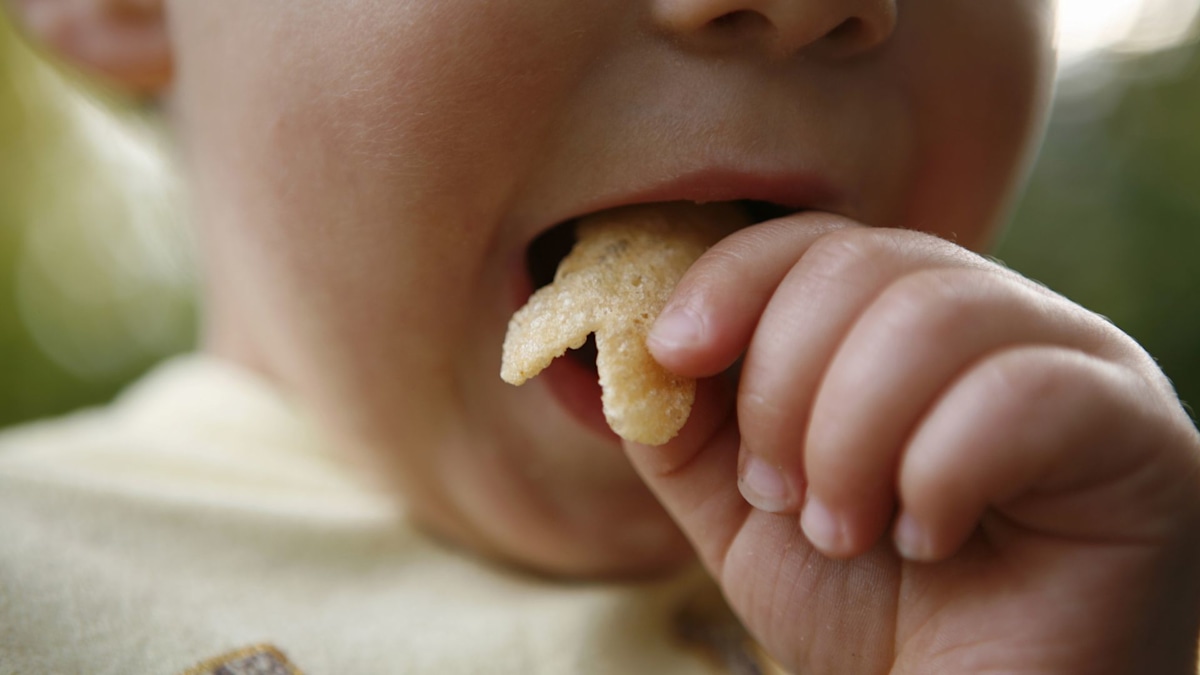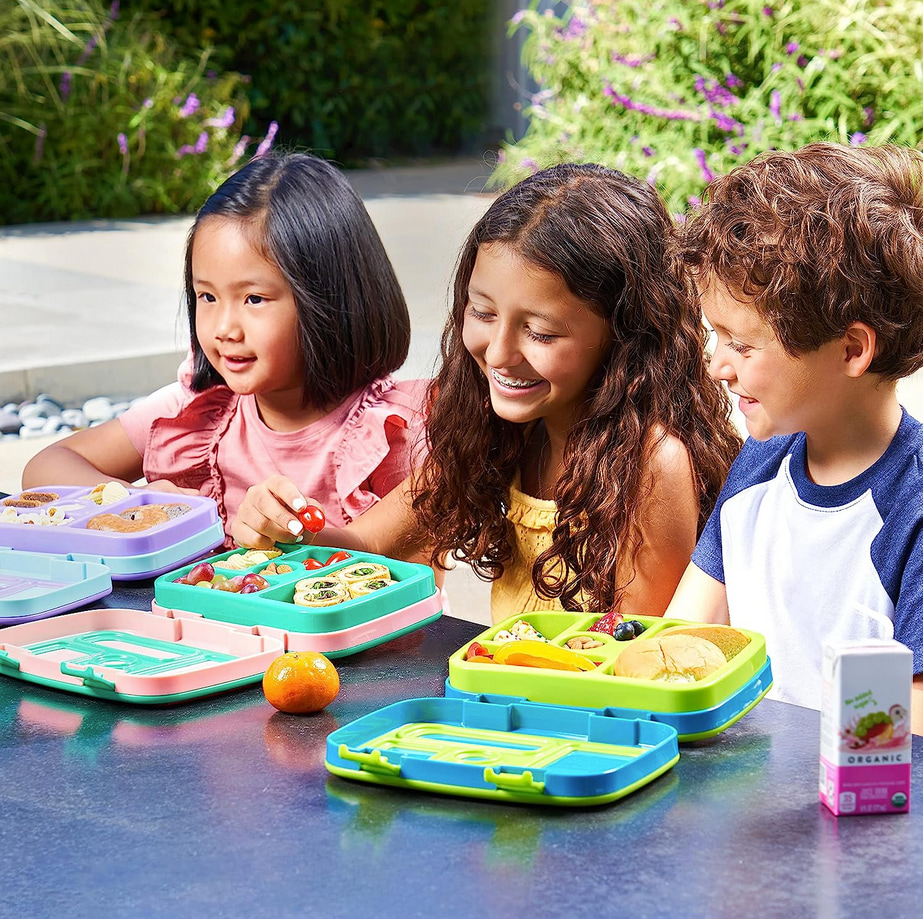A leading gut health specialist has urged parents to look closely at the snacks they are feeding their children, as many claim to be healthier than they are.
Dr Megan Rossi, also known as The Gut Health Doctor, shared a comparison of two packets of crisps on display in a café on her Instagram Stories and warned that the brand traditionally marketed at children is more ultra-processed than the other, which is predominantly aimed at adults.
Showing a close-up of a packet of Pom-Bears, which states on the packaging that they are “free from gluten, artificial colours and flavours”, Megan highlighted that the crisps include ultra-processed ingredients, such as maize dextrin and emulsifiers.
In comparison, a packet of Tyrrells crisps contained only potatoes, sunflower oil and salt.
Food for thought
“Parents beware! Often, the kid’s version, despite being sold as ‘healthier’, is more ultra-processed. I know which one I’d rather share with my kids!” Megan wrote on her Instagram Stories.
Megan’s post will resonate with parents who are trying to make better nutrition choices for their children – myself included. As a mum-of-two and trainee health and nutrition coach, I put a lot of time and effort into preparing nutritious meals and snacks for my children, but still can’t always beat the allure that a teddy bear-shaped crisp has for a hungry toddler.
These snacks are often placed within reach of little hands at supermarkets and cafes, and with their packaging highlighting a low-calorie content and no artificial ingredients, it’s easy to see why families may be misled.
Savvy snack shopping for kids
These foods can’t – and shouldn’t – always be avoided, but ideally, they shouldn’t be an everyday item. However, with research showing that toddlers in the UK obtain nearly half of their daily calories from ultra-processed foods (UPFs), rising to 59 per cent by the age of seven, it’s clear that there is a lot of room for improvement.
So, what should parents look out for in the supermarket, and how can we help our children snack smarter?
1) Don’t buy into bold packaging claims
As Dr Megan warned, food marketing claims can be misleading, so don’t take what you see at face value. Read the ingredient lists on products and look out for things you don’t recognise or wouldn’t use in home cooking. These indicate that a product is ultra-processed or may not be as healthy as it initially seems.
2) Pay attention to serving sizes
Another area where it’s easy to get caught out is with packaging serving sizes. It’s not uncommon for companies to share traffic light labelling that indicates a product is low in calories, sugar, fat and salt. However, when you read the small print, this may be a much smaller serving size than your child is going to consume, so it may not be an accurate reflection of the nutritional contents.
3) Don’t buy into kids’ foods
As Dr Megan proved, the fact that products are marketed towards kids doesn’t always mean they’re healthier. So don’t limit yourself to buying snacks from the baby and toddler aisle in the supermarket and consider looking elsewhere instead. Things like bags of mini breadsticks, pre-prepared fruit, Babybel or Greek yoghurt are all healthy snack options that are nutritious and much more filling, making it far less likely that your kids will be telling you they’re hungry every half hour.
4) Make your own healthy snacks
Not only can taking a couple of hours to make your own healthy snacks for the week be much cheaper than buying processed products, but it can also be a fun activity to do with the kids, too. Experiment with easy bakes where you can sneak in extra nutrients through ingredients like fruit, vegetables and milled seeds, and let your children get hands-on with the process – they’ll be so proud of their creation, they’re more likely to tuck in afterwards.
Read the full article here








